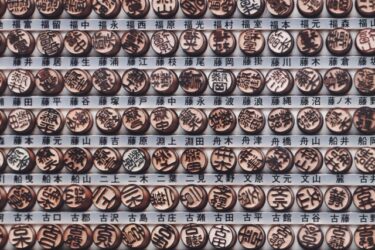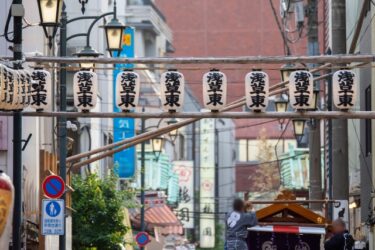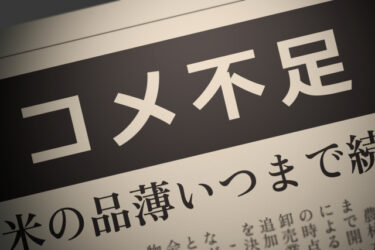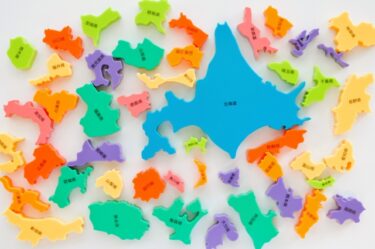Japan has a unique system where instead of signatures, people often use inkan (personal stamps or seals) to authorize documents. Though this tradition has a long history, in recent years, the use of inkan has been declining as digital processes become more common. Let’s explore the different types of inkan, how they’re used, and the recent changes.
1. Types of Inkan
There are three main types of inkan used in Japan:
1.1 Shachihata (Pre-Inked Stamp)
- Description: Made from rubber and pre-inked, similar to a stamp. It’s convenient because you don’t need an ink pad.
- Usage: Common for informal documents, such as memos or casual approvals at work, or signing off on routine paperwork like forms from school.
- Limitations: Not legally recognized for official purposes (e.g., opening a bank account or signing legal contracts). Since they are mass-produced, the stamp impressions (inkan marks) look the same, making them easy to forge.
1.2 Sanmonban (Cheap, Store-Bought Stamp)
- Description: Inexpensive stamps sold in stores, usually made of plastic or wood. They are easy to purchase and often used for daily purposes.
- Usage: Used for minor paperwork, like accepting deliveries, some non-critical documents at work, or non-binding contracts.
- Limitations: Although more official than a Shachihata, sanmonban are still not considered legally binding for major agreements. Their generic nature also makes them easier to copy.
1.3 Jitsuin (Registered Seal)
- Description: This is the most important type of inkan. It is a unique stamp registered with your local city hall or ward office.
- Usage: Required for significant legal transactions, such as buying a house, land, or car, and opening a bank account. It serves as an official and legally recognized signature.
- Limitations: Because it is used for important documents, losing it can cause complications, and a new one needs to be re-registered at the city office.
2. Common Uses for Inkan in Japan
Although Japan is moving away from requiring inkan for all documents, they are still commonly used in several situations:
- Government Documents: In the past, when requesting official documents like residence certificates or family registries, you needed an inkan. Nowadays, some offices allow you to simply sign or use your My Number card for these requests.
- School Forms: Traditionally, when children bring home forms that require parental approval, parents needed to stamp them with their inkan. Recently, more schools are moving toward signatures or even online approval methods.
- Receiving Deliveries: In many cases, when accepting a package, you would stamp a delivery form with your inkan. However, electronic signatures or simply signing your name has become more common in recent years.
3. Changes in the Inkan Culture
Starting around 2020, Japan began a shift away from the reliance on inkan, particularly in government and business settings. This was largely driven by efforts to digitize and streamline procedures. The government’s “Hanko-Free” policy (脱ハンコ政策) encouraged companies and public offices to stop requiring physical stamps in favor of electronic signatures or digital systems.
- Business Shifts: Many companies are adopting electronic signatures and digital workflows, making inkan less necessary for contracts and internal documents.
- Government Procedures: City offices and other public services have also started to allow more procedures to be completed online using My Number cards or digital certificates, reducing the need for physical inkan.
4. Understanding Inkan as a Foreigner
For foreigners living in Japan, the concept of inkan can be confusing because it is quite different from signing your name. However, as Japan moves toward a more digital society, you may find that you don’t need an inkan as much as you once did. Still, it’s helpful to have one, especially if you plan to stay long-term. For example, you may need a registered inkan (jitsuin) to open a bank account or buy property.
Many stores sell affordable inkan, and you can also get a custom stamp made with your name in kanji, hiragana, or even the Roman alphabet. However, if you need a jitsuin (registered seal), you’ll need to register it at your local government office.








